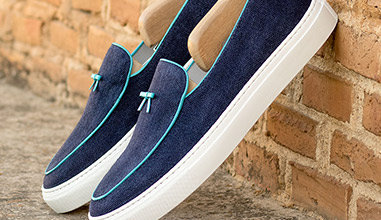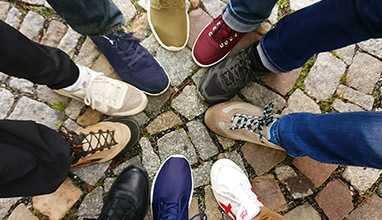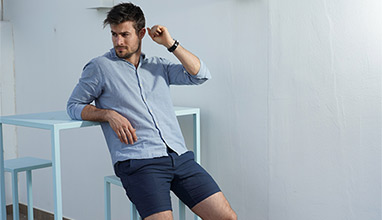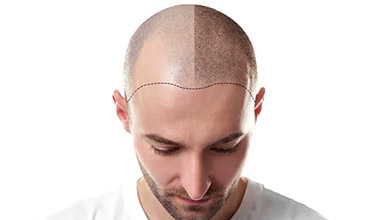Effective Footwear Solutions for Better Mobility
When it comes to improving mobility - whether due to age, injury, disability, or general wear and tear - footwear plays a critical role. The right shoes can reduce pain, improve balance, and help prevent falls. While many people focus on mobility aids like wheelchairs or walking frames, the foundation starts with what’s on your feet. Here’s how effective footwear solutions can make a real difference in daily movement and comfort.
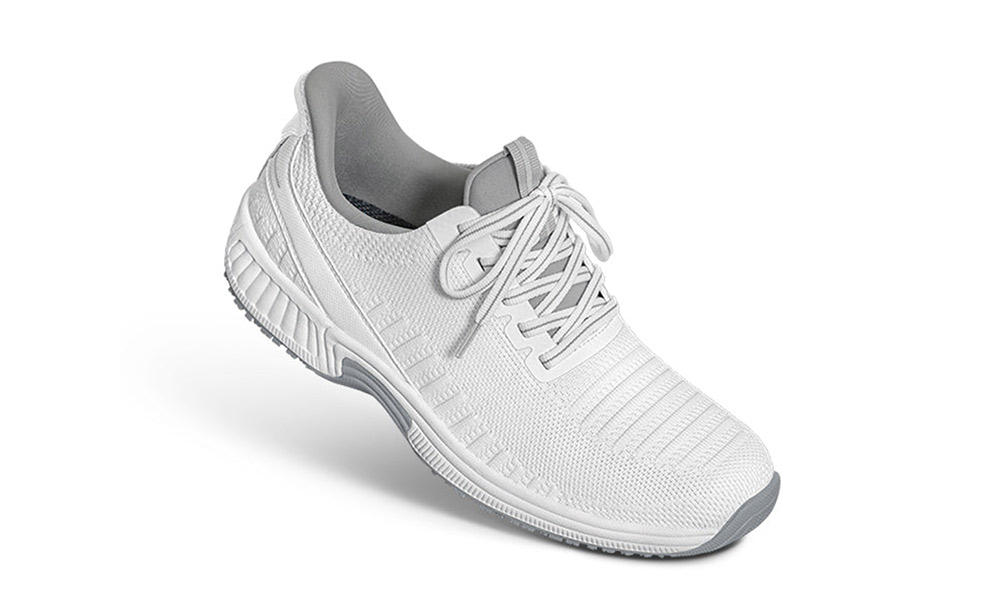
Why the Right Footwear Matters
Footwear does more than protect your feet. It directly influences posture, stability, and gait. Wearing the wrong shoes—too tight, too loose, or lacking support—can lead to discomfort or even injury. Poor footwear may aggravate existing conditions like arthritis, diabetes-related foot issues, or plantar fasciitis, all of which can impact how confidently and safely a person moves.
Features to Look For in Mobility-Focused Footwear
Effective footwear solutions prioritize comfort, support, and ease of use. When choosing shoes to aid mobility, consider these features:
Non-slip soles: Prevent slipping on smooth or wet surfaces, reducing the risk of falls.
Cushioned insoles: Provide shock absorption and help with joint alignment.
Adjustable fastenings: Velcro or elastic laces make shoes easier to put on, especially for those with limited hand strength or dexterity.
Wide toe boxes: Allow for natural toe movement and accommodate swelling or deformities.
Lightweight materials: Reduce fatigue and make walking less of a strain.
Each of these features can contribute to greater confidence when walking, whether it's around the house or out in public.
Specialized Shoes for Medical Conditions
For individuals with medical conditions that affect their mobility, specialized footwear may be necessary. For example:
Orthopedic shoes are designed for long-term support and are often prescribed by podiatrists for those with structural foot problems.
Diabetic shoes reduce pressure points and are often seamless inside to prevent ulcers or blisters.
Post-surgery shoes offer temporary support after foot or leg surgery and help with healing and balance during recovery.
Consulting a medical professional can help determine what type of shoe is best for your needs. For those suffering from conditions like plantar fasciitis, choosing the right shoes can make a significant difference. Plantar fasciitis shoes for men are designed with extra arch support and cushioning to relieve pressure and provide lasting comfort.
Footwear and Wheelchair Users
Mobility doesn’t always mean walking. For those who use wheelchairs, proper footwear is still important for foot protection and posture. Shoes with firm support can help keep the feet in a comfortable, natural position, while grippy soles prevent feet from slipping off footplates. Lightweight trainers or orthopedic slippers with strong heel support are often ideal for wheelchair users.
Where to Start
If you’re unsure about what type of footwear is right for you or a loved one, start by visiting a specialist shoe store or consulting a podiatrist. Many shops now offer gait analysis or custom fittings to help you find shoes tailored to your needs.
Remember, small changes can make a big difference. Investing in the right pair of shoes could be the first step - literally - toward safer, more comfortable mobility.
Hits: 168 | Leave a comment





